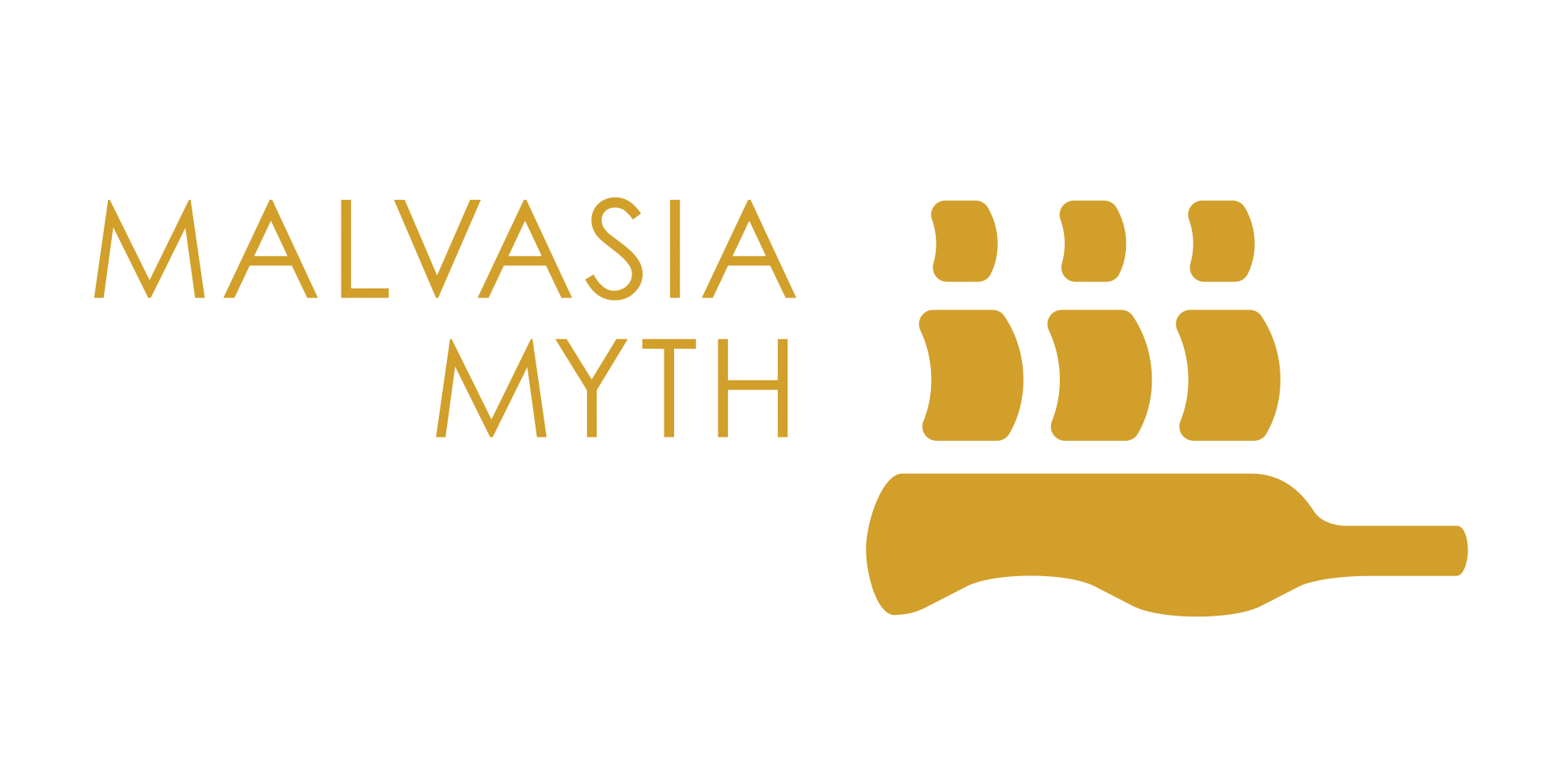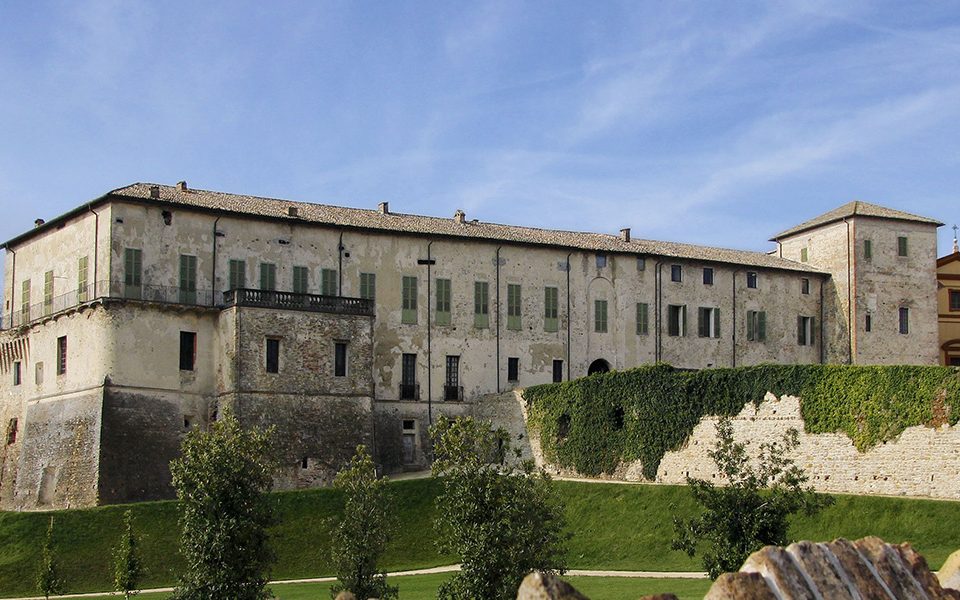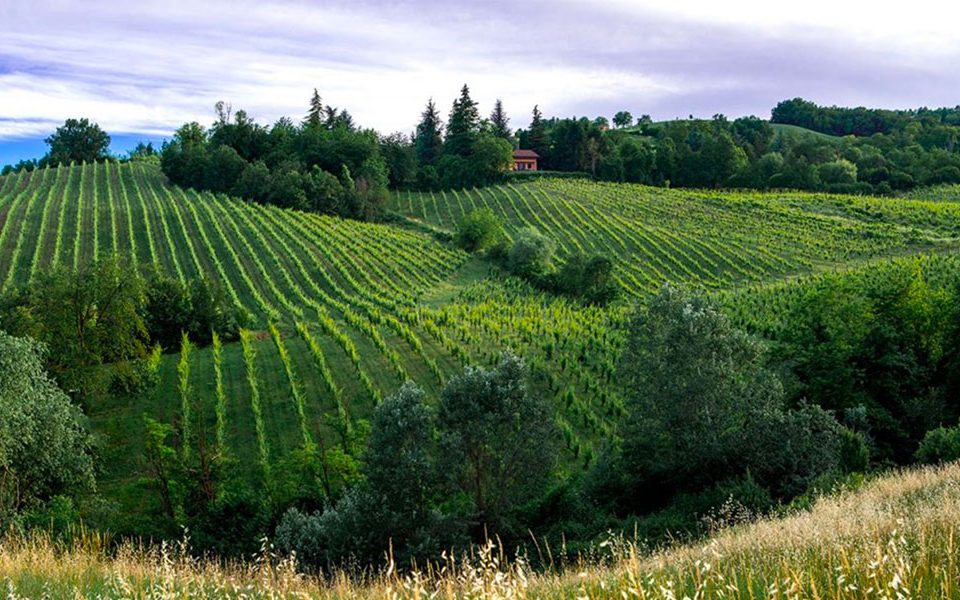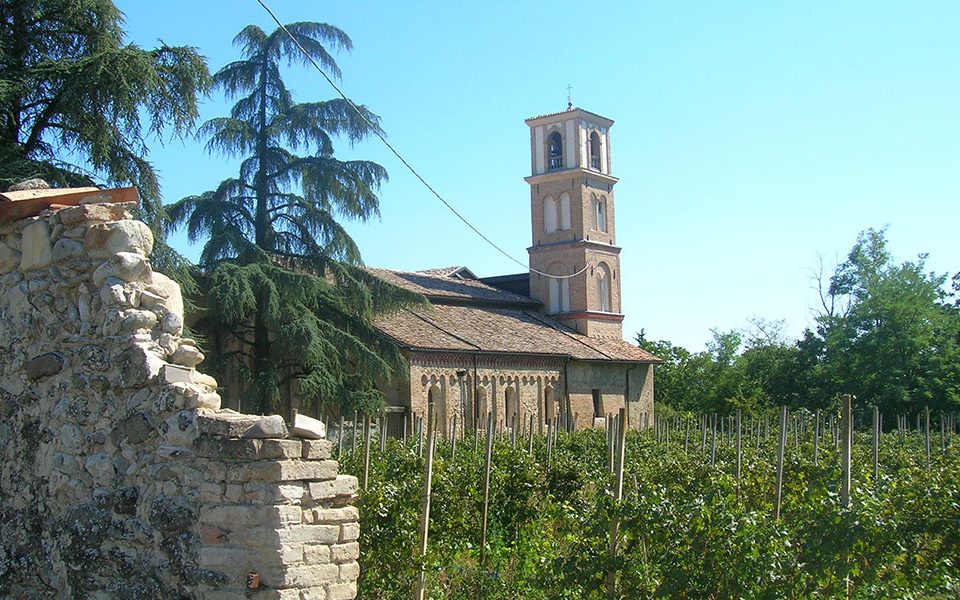The route of Istrian Malvasia Champions
Istria area, Croatia
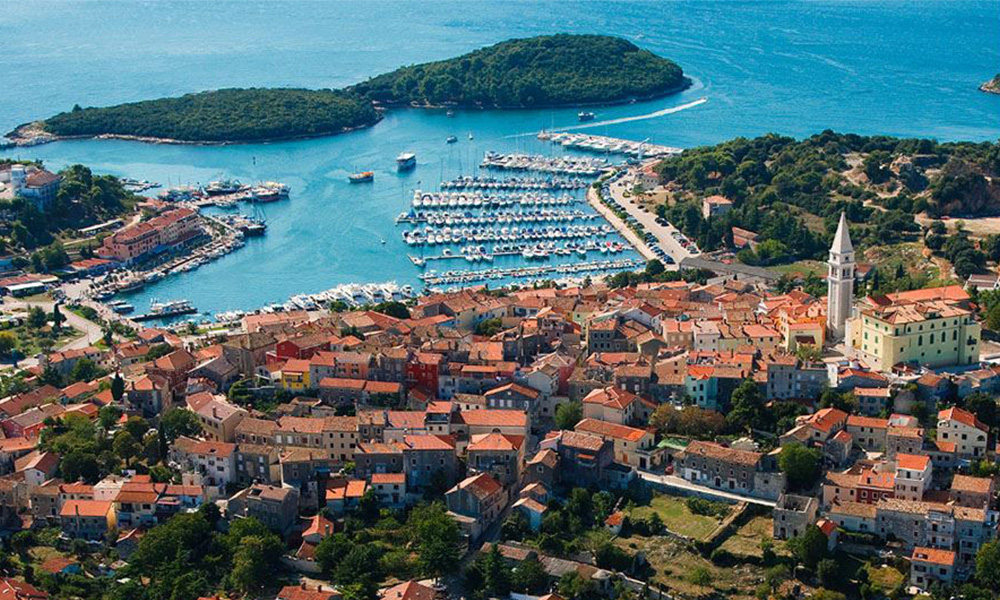
Explore the route that takes you to the best istrian Malvasia producers- champions of the Vinistra festival, best of the best.
Make sure to stop and visit many beautiful cultural and natural landmarks along the way.
1. Fakin winery
Situated in the foothils of an medieval tourist attraction Motovun and surrounded by vineyards, Fakin winery is always open for tasting. Marko Fakin, a young graduated winemaker from Motovun is declared by many as the next big thing on the Croatian as well international wine scene. Decanter gold medal for Malvasia & Teran is the latest in the ever groving list of international achievements. Other than the winery, you can also visit Konoba Fakin restaurant where you can enjoy your food with an amazing view on the vineyards.
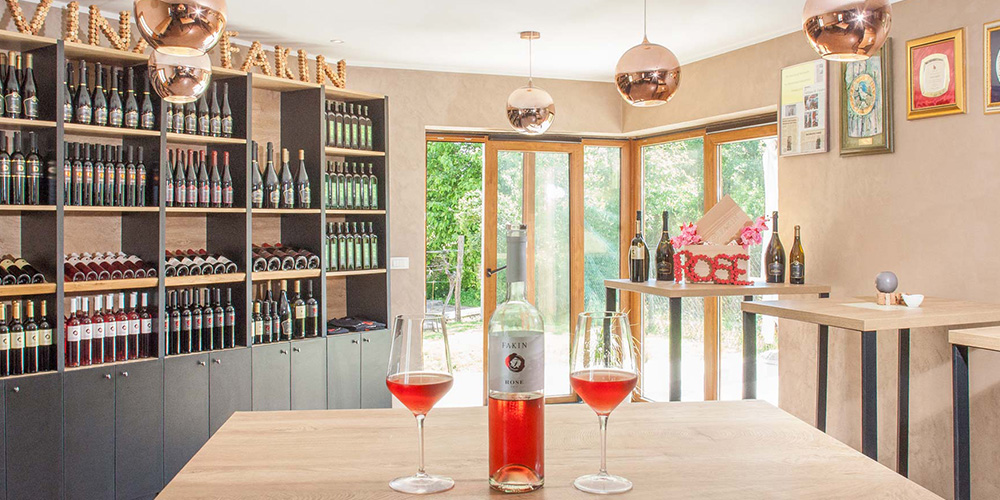
Image source: fakinwines.com
2. Motovun
Motovun has become a major tourist attraction due to its recognizable medieval shape and great climate. Visitors enjoy walking through the medieval streets, taking in views from the city walls and exploring the countryside through various bike and walking trails. The natural beauty of the place leaves no one indifferent and it is a perfect place for those who love nature and adventures.
3. Dešković winery
A family winery situated on a vineyard and olive-grove surrounded hillock not far from the town of Grožnjan. It is perfect for anyone yearning for immediate contact with nature and enjoying the magical challenges it offers. The winery offers degustations of wine as well as typical Istrian delicacies produced at the household.
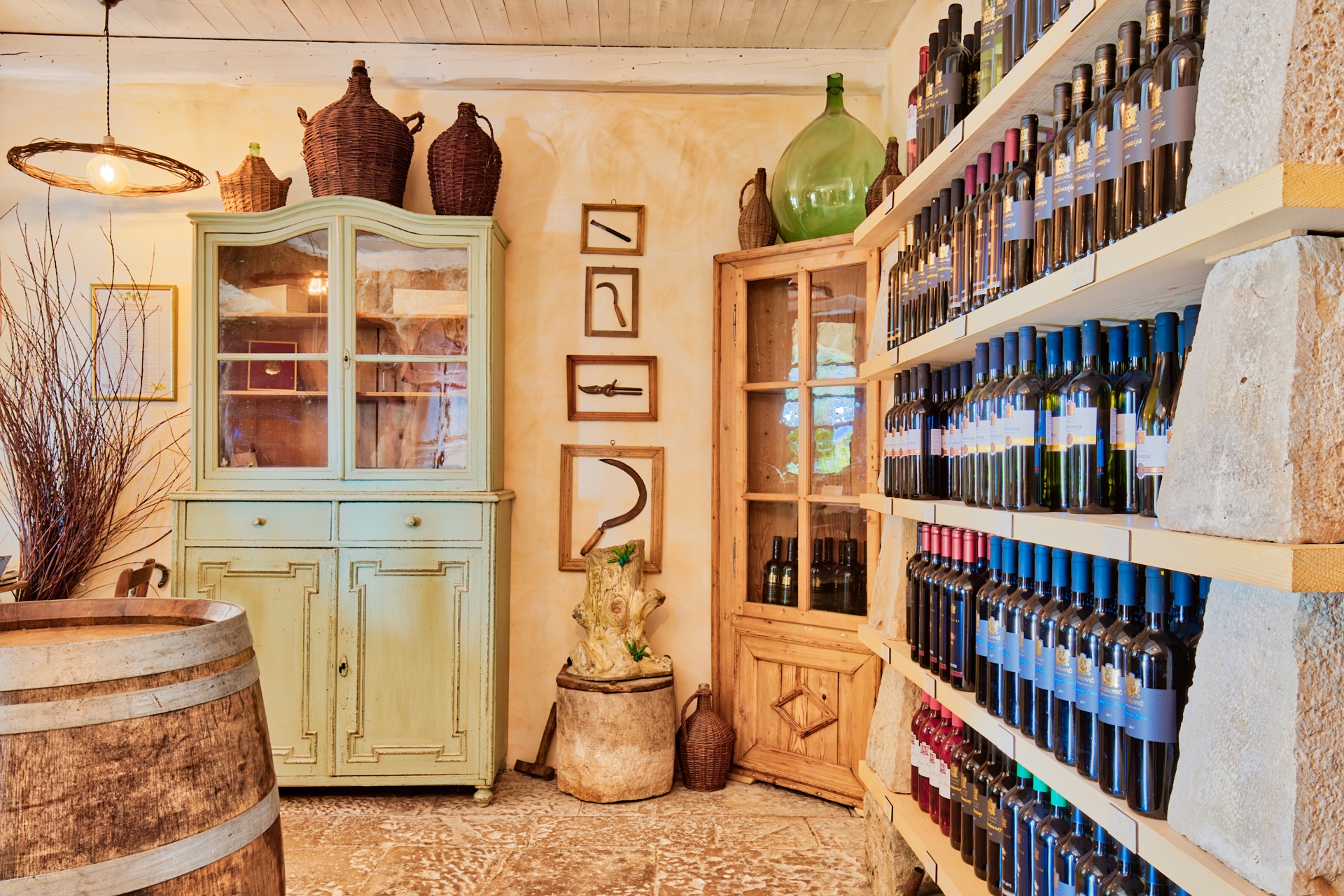
Image source: https://vina-deskovic.hr/
4. Kozlović winery
Other that fantastic wines, Kozlović winery offers a unique architectural experience - its rectangular building with clean lines is settled amidst vineyards, on the very spot where the first hectare was planted and the home of Kozlović was built in 1904. The winery is a testimony to that history and past generations. Also, it is a pledge to the future in which wine becomes the experience to remember. Despite its impressive size of 2200 m2 on 3 floors, the building is practically invisible. Facade is made of aluminium veneers which symbolize grape vines. Its geometrical proportions envelopes big glass surfaces which reflect the surroundings, Momjan castle and vineyards. Terrace above vineyards where wine tastings are held has a glass fence that gives visitors an illusion of floating over vineyards. Diagonally from the terrace there is Teatro Felice, amphitheatre designed to host wine gatherings, shows, concerts, and other cultural events.
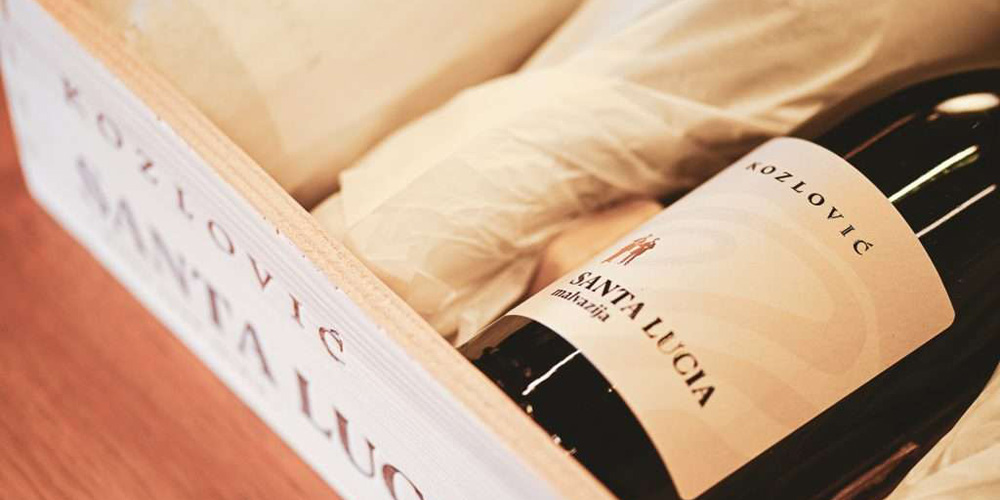
Image source: www.kozlovic.hr
5. The Momjan Castle
Only a ruin today, the Momjan castle is located above the Dragonja river. It is known as the Rota castle after the Rota family who owned it for several hundred years. The Momjan castle, presently dilapidated and ivy-grown, can hardly evoke the power and wealth of the life that characterized it. It was built above the abyss overlooking the Dragonja River, today a border between Croatia and Slovenia. Located at 280 meters above the sea level, it dominates the Dragonja valley, divided from it by the Poganja brook.
6. Cattunar winery
The Cattunar family has for generations been rooted in the terroirs of western Istria with a long wine growing and wine making tradition. Franco Cattunar and his wife Vesna have continued to invest in expanding family business. The property of the Cattunar family has constantly been expanding and has reached the present 56 hectares of vineyards. Autochthonous Istrian varieties of grapes such as Malvasia, Terana, Muscat Momjanski and Muscat rose, as well as other varieties such as Chardonnay, Cabernet Sauvignon, Merlot and Sauvignon Blanc have been planted on the vineyards.
The production of wine in western Istria and in the Brtonigla area is of great importance for the history and the national spirit, to such extent, that it has entered the local legends. The most famous of these legends is that of the Three Queens (Tre Regine):
The legend goes as following: on the hills above Novigrad there were three castles, Saint Dionysios, Saint Juraj and Valaron. Three queens, the queen of salt, the queen of oil and the queen of wine, lived in these castles, and controled the production of the three most important things in western Istria. The legend of the Three queens may perhaps be the strongest witness to the deep, long-standing tradition as well as the importance of production of wine for western Istria and Brtonigla.
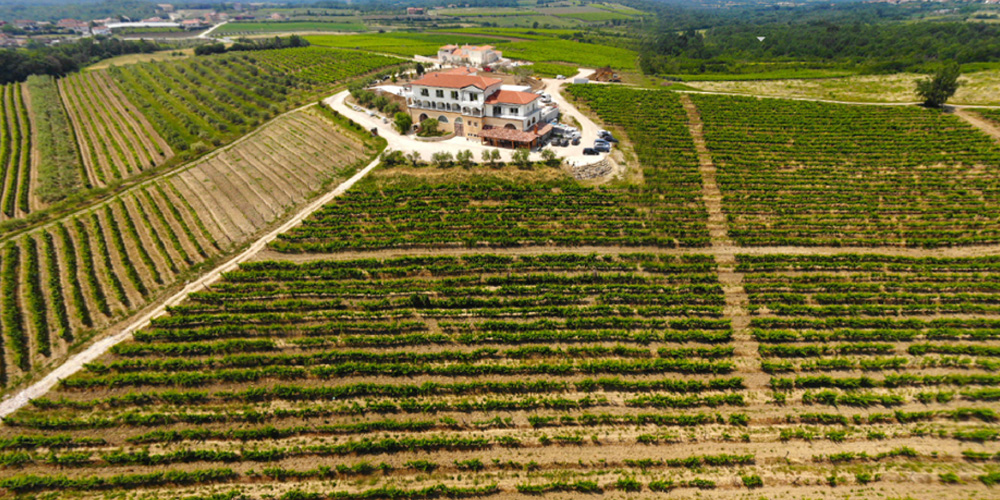
Image source: www.cattunar.hr
7. Arman Marijan winery
The vineyards of the Marijan Arman’s family are located on the gentle slopes by the river Mirna valley in western Istria. The proximity of the tourist town of Poreč makes them an attractive destination for wine lovers. The vineyards are facing south-west and enjoy maximum sunshine. Compared to some other Istrian vineyards, the microclimate and a combination of white and grey soil, i.e. flysch, add to the uniqueness of Marijan Arman’s wines. They cover an area of 13 ha planted mainly with native varieties of Istrian Malvasia and Teran, but also international varieties (Chardonnay, Sauvignon Blanc, Cabernet Sauvignon, Cabernet Franc, Syrah and Merlot), to which the local terroir lends a new dimension. The exclusive wine offer is reflected in the design and size of the tasting room and wine shop. In addition to a beautiful view of the vineyards, the sea and the Alps, the winery has a terrace that evokes the feeling of being at home in Istria, where Arman wines are made.
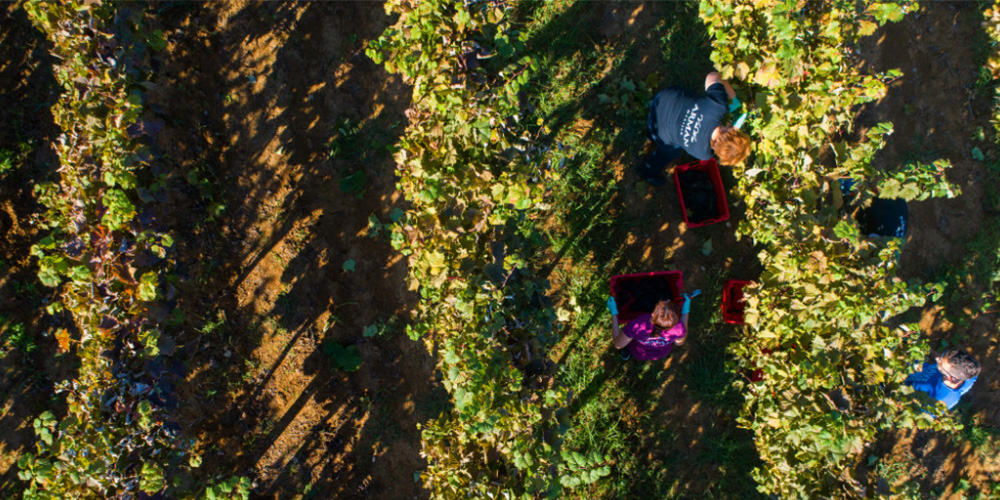
Image source: www.arman.hr
8. Parenzana
Parenzana was a narrow-gauge railway, operating in the northwestern Istria between 1902 and 1935 and connecting the ports of Trieste and Poreč with villages and towns in the interior of the peninsula. In just 33 years of operation, the railway greatly contributed to the economic progress of Istria, transporting wine and olive oil from the surroundings of Buje and Motovun, salt from the salt-pans at Piran and Sečovlje, Istrian stone, lime, coal and wood, various agricultural products and, of course, passengers. On its 123 km long route, the small train linked 33 towns from Trieste to Poreč, so that today it would run on the territory of three countries: Italy – 13 km, Slovenia – 32 km and Croatia – 78 km. On the centenary of the opening of the line, an initiative arose to restore this unique railway for the use of hikers and cyclists. This is how “Parenzana – the Route of Health and Friendship” was developed. Since then, the entire track has been arranged an marked by characteristic signposts, secured by guard rails on bridges and viaducts, the tunnels have been lit and auxiliary facilities set up that tell the story of Parenzana to visitors.
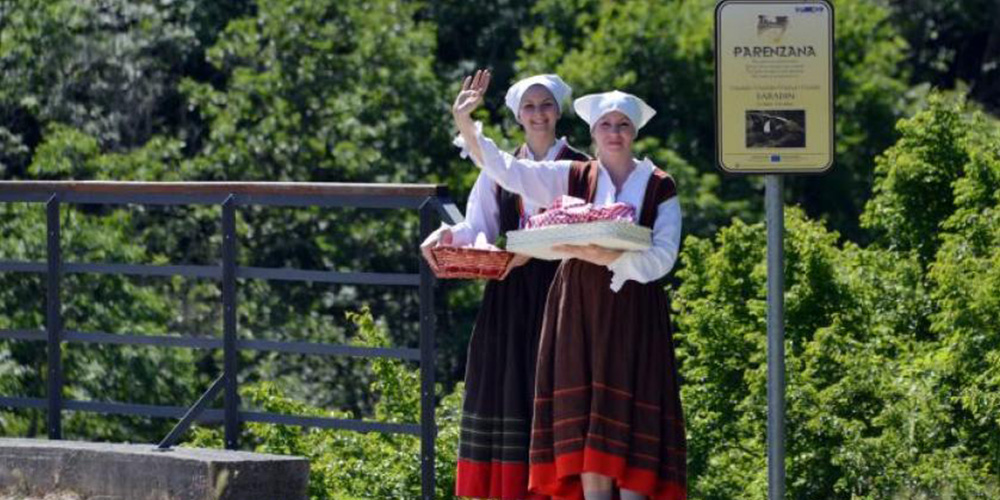
Image source: parenzana.net
9. Giulio Ferenac winery
10. Višnjan Observatory
Due to the number of asteroids it has discovered, the Višnjan Observatory is one of the twelve most productive observatories of all time in the world. During its years of operation, it has proven outstanding in astrometric measurements and the discovery of small bodies. Stargazing the Istrian sky will thrill both young and old.
11. Denis Bernobić winery
Markovac 39a, Višnjan 52463
12. Laguna winery
The Vina Laguna oenology team is a lively, creative bunch of talented individuals with distinctive personalities but a common goal: consistently improving premium quality wines that continue to improve and capture the spirit of Istria in the modern age – the lightness of being Istria. At Vina Laguna you can experience a unified tasting, learning and culinary experience and have a taste of history in the oldest active winery in Istria. This is where to discover and truly enjoy the lightness of being Istria.
13. Eufrazijeva bazilika
The most valuable cultural property in Poreč, the Euphrasian Basilica, was registered on the list of UNESCO World Heritage Sites in 1997. The early-Christian compound is the only complete landmark in the world preserved from that period. Built during the time of Bishop Euphrasius in the 6th century it includes atrium, baptistery, bishop's palace, mosaics and remains of sacral buildings dating from the 3rd to the 4th centuries. The mosaics which decorate the inside and facade of the church are considered a valuable bequest of Byzantine art, and thanks to the floor mosaics and preserved writings the periods of its construction and renovation can be read.
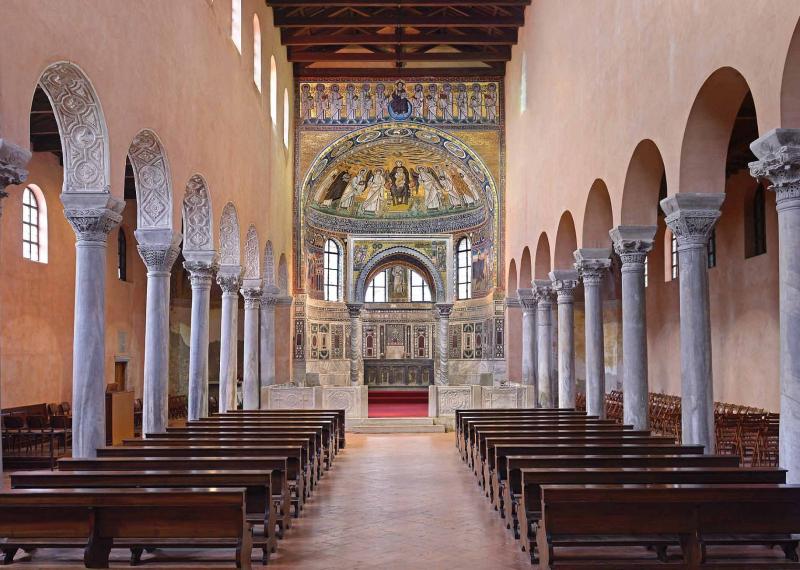
Image source: myporec.com
14. Visitor center „La mula de Parenzo“
"La mula de Parenzo" (The girl from Poreč) is the unofficial anthem of the city of Poreč. As such, it is inseparable from the culture, lifestyle and spiritus movens of the inhabitants of this beautiful city. This song is the greatest intangible wealth that the city of Poreč has, and it materialized through the visitor center, affectionately called butiga, "La mula de Parenzo". Who was "la mula de Parenzo"? What did she do? Why is she important for this city? Here you can find out a handful of information about the song itself, but also about the history of Poreč from the beginning of the 20th century, about the social context in which the song was created, about the city's gastronomy and fishing under the watchful eye of Euphrasius.
15. Privitelio Nino wines
Adress: Flengi 31, Vrsar 52450
16. Vrsar, The Casanova Tour - discover love à la Casanova
Giacomo Casanova, the world's most famous seducer, and his visits to Vrsar at the time of the Vrsar County period, served as an inspiration for the Casanova Tour. Take a walk through romantic Vrsar, discover the unexplored parts of the old town and discover love à la Casanova. This interactive tour, guided by the Istra Inspirit Project artists, starts on the waterfront and follows the viewpoints in the town’s historic core, offering you an unforgettable journey through the love story of Casanova. The tour finishes in Casanova's Shelter, where he stayed when he first visited Vrsar in 1743. Excellent acting performances and emotions will conduct you to the magical world of Casanova and let you discover a different, more intimate image of Vrsar.
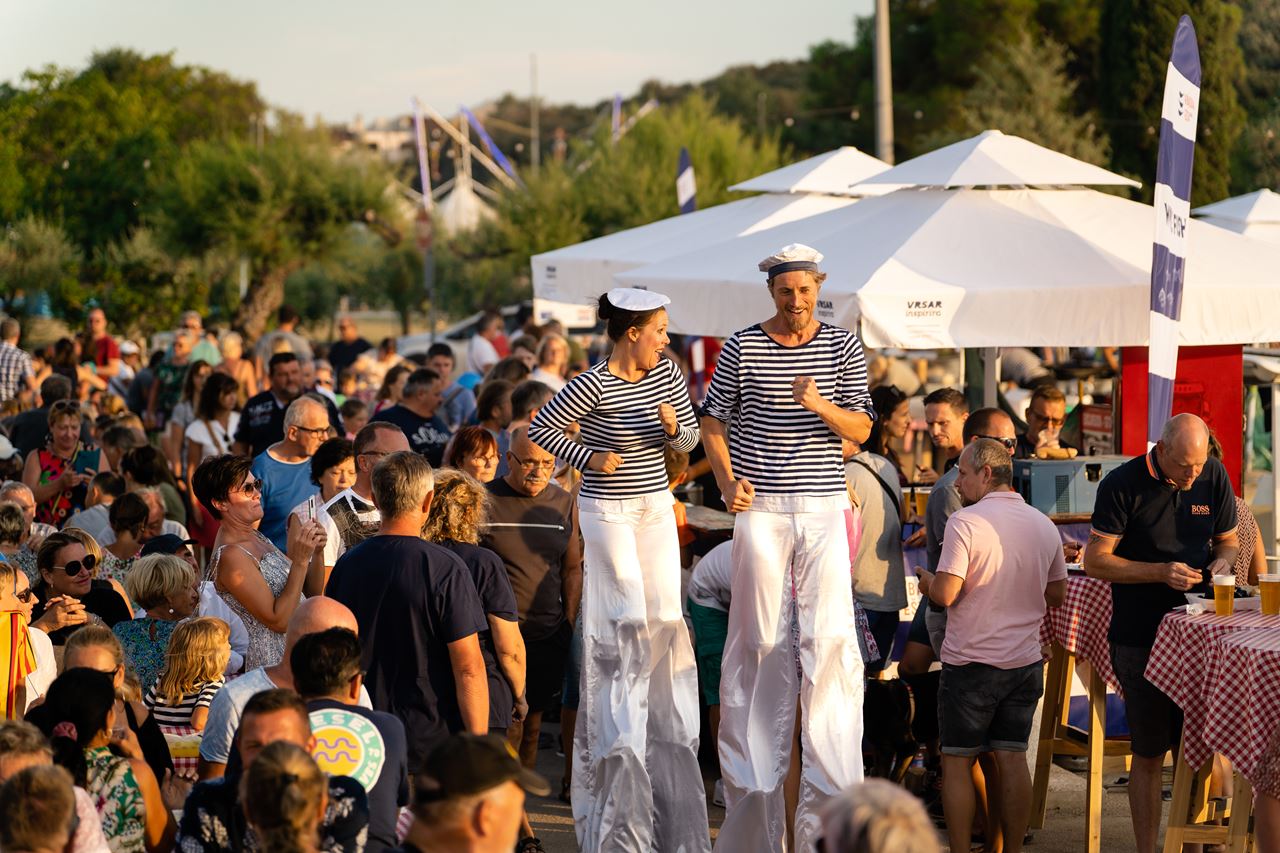
Image source: infovrsar.com
